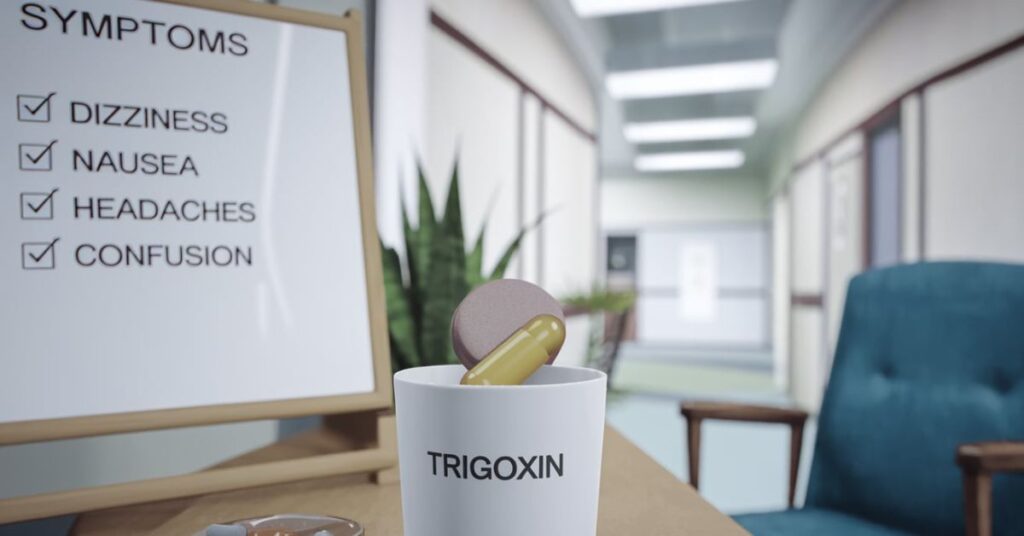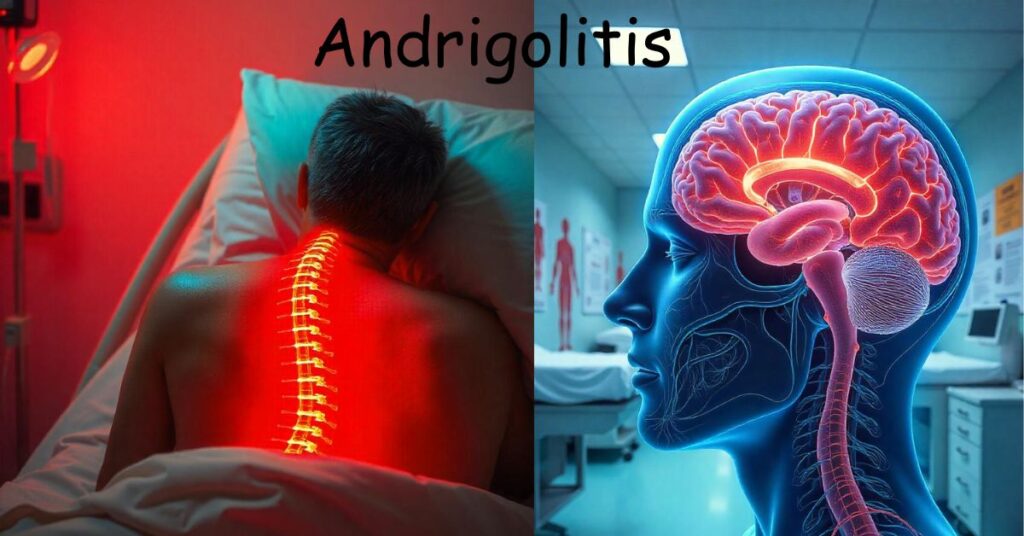The TV and film industries typically employ the use of fictional characters to generate suspense, drama or intrigue. Sometimes, these fictional concepts seem so real, that people believe they exist. An example can be Trigoxin the drug that was introduced in the upcoming film, a psychological thriller in 2020 “Run. Following the release of the film, many people began searching for Trigoxin online, pondering whether it was actually used in the real world.
In this piece we’ll examine the meaning of Trigoxin is and where it comes from and the reason it has confused many people and how it ties in the narrative of Run. We will also look at the real-life situations and the drugs that could have influenced the story. In the end you’ll be able to appreciate how effective story telling can blur boundaries between reality and fiction.
What is Trigoxin?
Trigoxin isn’t a genuine drug. It was created to be used in the film Run that was released by Hulu in November of. The film’s Trigoxin appears to be advertised as a prescription drug that comes in the form of the green pill. The protagonist, Chloe, is a teenager who is disabled and has a variety of medical issues. She has a mother named Diane offers her the green pill each day, claiming that it’s to protect her heart.
As the film unfolds, Chloe begins to question her mother’s actions. Then she realizes about the fact that green pills isn’t an actual heart medication at all. Instead, it’s an anti-paralytic medication intended for dogsnot for humans. This is an important turning point in the story, and exposes a more disturbing truth about Diane’s motives.
Why Did People Think Trigoxin Was Real?
The method Trigoxin is presented in the film is quite real. It is labeled and is from an establishment, and it appears to be a real medication. The attention to detail in the label led people to believe that it might be genuine. To make the situation even more complicated, when people looked up “Trigoxin” online, they came across forums and articles about it, not knowing the source was fiction.
Here are a few of the reasons for people to be fooled:
- Realistic presentation: The film showcased the pill in a professional bottle, with the proper labeling.
- Medical Jargon: The characters employed actual health terms, conditions and medical terminology to make the story appear authentic.
- Inconsistency in Clarification: The film doesn’t clearly define that Trigoxin is a fictional film. It is for the viewers to discover the truth.
- Search Engine confusion: Many websites began talking about Trigoxin without explaining its fictional character and causing more confusion.
The Role of Trigoxin in Run
The story of In the course of, Trigoxin is more than simply a fake drugit’s actually an instrument used to isolate and control Chloe. Diane is her mother. She suffers with Munchausen syndrome through the proxy (MSBP) (MSBP), an illness of the mind which is caused by caregivers who make another person appear sick to get attention or manage.
Diane provides Chloe the fake medication to help her stay in a state of weakness and dependence. The green pill is revealed to be an actual pet muscle relaxant that causes numbness as well as partial paralysis. When Chloe discovers what’s really going on, this ignites her quest to find her way out and expose the lies her mother has told her.
This drug, even though it is not real, is a real and troubling issue: medical abuse. It illustrates how someone who is in an area of trust could abuse that trust, especially when the person who is in charge is vulnerable or young.
The Real Condition: Munchausen Syndrome by Proxy
While Trigoxin isn’t real, the condition that prompted the use of it in the film is. Munchausen syndrome through intermediaries (MSBP) which is now more commonly known by the name of Factitious Disorder Imputed on another (FDIA), is an uncommon but grave mental health issue.
In FDIA In FDIA, a caregivertypically a parentcreates or instigates the illness of someone in their care. This can be performed to attract respect, sympathy, or to gain control. The victim typically a child and abuse can be ongoing for a long time if not detected.
Then, in In the Run, Diane fits the characteristics of someone suffering from FDIA. Diane is the one who isolates Chloe from the world she tells her lies about her health and then uses substances (like trigoxin which is a counterfeit Trigoxin) for keeping her in a state of sickness. This makes the story more frightening, since it’s rooted in a situation that actually happens.
Are There Real Drugs Like Trigoxin?
Although Trigoxin is an invention of real substances which have similar effects. In the film, a pharmacist informs Chloe about the Green Pill. It is utilized for dogs to treat muscular injuries, and it can also create paralysis among humans. There are a variety of medications that are used in veterinary medicine that could cause these symptoms.
For instance, certain muscles relaxation drugs as well as nervous agents employed in animals could be harmful when consumed by humans. These drugs may affect your nervous system and cause a slowdown in movement, or trigger breathing issues.
However, these medicines are not intended for humans and are not taken as a daily pill to treat heart issues. The notion that someone could offer these pills in secret to a child demonstrates how risky the use of medication can be.
The Power of Fictional Drugs in Storytelling
Trigoxin is only one example for how fictional drug could be utilized in stories in order to build tension as well as intrigue. Others include:
- NZT-48 from Limitless -an ingredient that enables full brain power.
- Soma from Brave New World — a substance that is used to regulate emotions.
- Scopolamine (also called by the name of “Devil’s Breath” in stories) is often over-hyped in the media as a mind-control medication.
The fictional chemicals help writers investigate moral dilemmas and future possibilities as well as potential dangers that are not obvious. For example, in this case, Trigoxin it illuminates the dangers of abuse, trust, and the fragility of those who rely on others to take care of them.
Conclusion
Trigoxin might not be an actual drug, but it made a lasting impression on the viewers. The authenticity of the story on Run made many believe that it was real, demonstrating how easy it is to blend fiction with reality when executed well. In addition, it ignited discussions about important issues such as mental illness, abuse of medical facilities or caregivers’ control.
If we can understand the true meaning of Trigoxin it is possible to recognize the power of storytelling and be conscious of real-world problems it highlights. It doesn’t matter if it’s a fake medication or a real problem stories such as Run encourage us to take a closer look and ask questions, particularly when there’s a feeling that something’s not uneasy.



